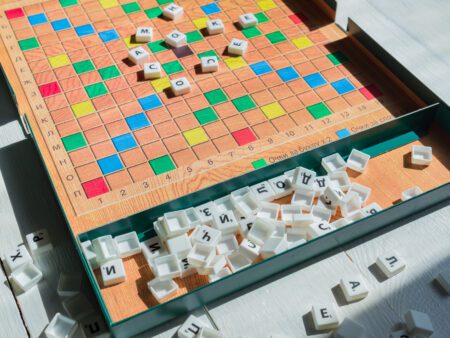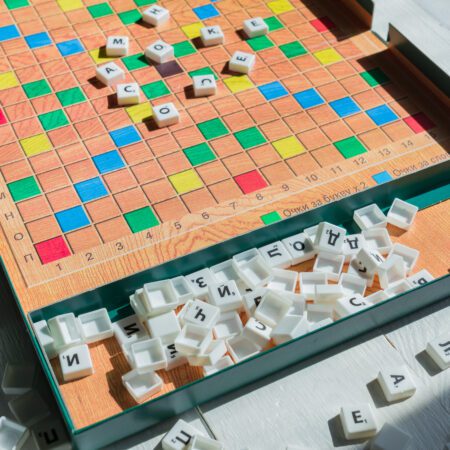Learn the art of bankroll management to maximize your chances of winning and minimize losses in casino games. Set a budget, determine your bet sizes, track your results, and know when to quit.
The Art of Bankroll Management: Staying in Control
Have you ever left a casino feeling like you’ve lost more money than you intended to? Or maybe you’ve found yourself chasing losses, hoping for a big win that never came. These are common scenarios for many casino players, and they can be avoided by mastering the art of bankroll management.
Bankroll management is the practice of setting a budget for your gambling activities and effectively managing that budget to maximize your chances of winning and minimize losses. It’s a crucial skill that every casino player should learn, regardless of their level of experience.
The Importance of Bankroll Management
Without proper bankroll management, it’s easy to get carried away with your bets and end up spending more money than you can afford to lose. Casino games are designed to have a house edge, meaning that over time, the casino is likely to win more than it loses. This makes it even more important for players to have a disciplined approach to their bankroll.
By implementing a solid bankroll management strategy, you can:
- Protect your funds: Setting a budget ensures that you don’t spend more than you can afford. It gives you a financial safety net and prevents you from dipping into funds that are meant for other essential expenses.
- Minimize losses: Even with a bankroll, losses are inevitable in casino games. However, with proper management, you can minimize the impact of those losses and avoid depleting your bankroll too quickly.
- Maximize winnings: On the flip side, bankroll management allows you to make the most of your winning streaks. By effectively managing your bets and knowing when to walk away, you can capitalize on your success and increase your profits.
Steps to Effective Bankroll Management
Now that we understand the importance of bankroll management, let’s dive into some practical steps you can take to stay in control:
1. Set a Budget
The first step is to determine how much money you’re willing to allocate to your casino gambling activities. This budget should be an amount that you’re comfortable losing, and it should not impact your essential living expenses.
Once you’ve set your budget, stick to it. Avoid the temptation to go over your budget if you encounter a losing streak, and never chase your losses by increasing your bets.
2. Determine Your Bet Sizes
Decide on a percentage of your bankroll that you’re willing to bet on each game. A common recommendation is to bet no more than 1-2% of your total bankroll on a single bet.
For example, if your bankroll is $1,000, your maximum bet size should be between $10 and $20. This conservative approach helps to preserve your bankroll and extend your playing time.
3. Keep Track of Your Wins and Losses
It’s essential to track your results to understand how well your bankroll management strategy is working. Keep a record of your wins and losses for each session, and regularly assess your performance to identify any patterns or areas for improvement.
By analyzing your results, you’ll be able to make adjustments to your strategy if needed. If you notice that you’re consistently losing more than you’re comfortable with, it may be time to reassess your bet sizes or take a break from gambling altogether.
4. Know When to Quit
One of the most challenging aspects of bankroll management is knowing when to walk away. It’s important to set clear win and loss limits for each session.
For example, you may decide to quit playing if you’ve doubled your initial bankroll or if you’ve lost a certain percentage of your starting funds. Stick to these limits, even if you think you can turn your luck around. Chasing losses can lead to even more significant losses and a drained bankroll.
Final Thoughts
Bankroll management is an essential skill for any casino player. By setting a budget, determining your bet sizes, tracking your results, and knowing when to quit, you can take control of your gambling activities and improve your chances of success.
Remember, it’s not just about winning big – it’s about staying in control and enjoying the casino experience responsibly. So, the next time you visit a casino, keep these bankroll management tips in mind, and may luck be on your side!










